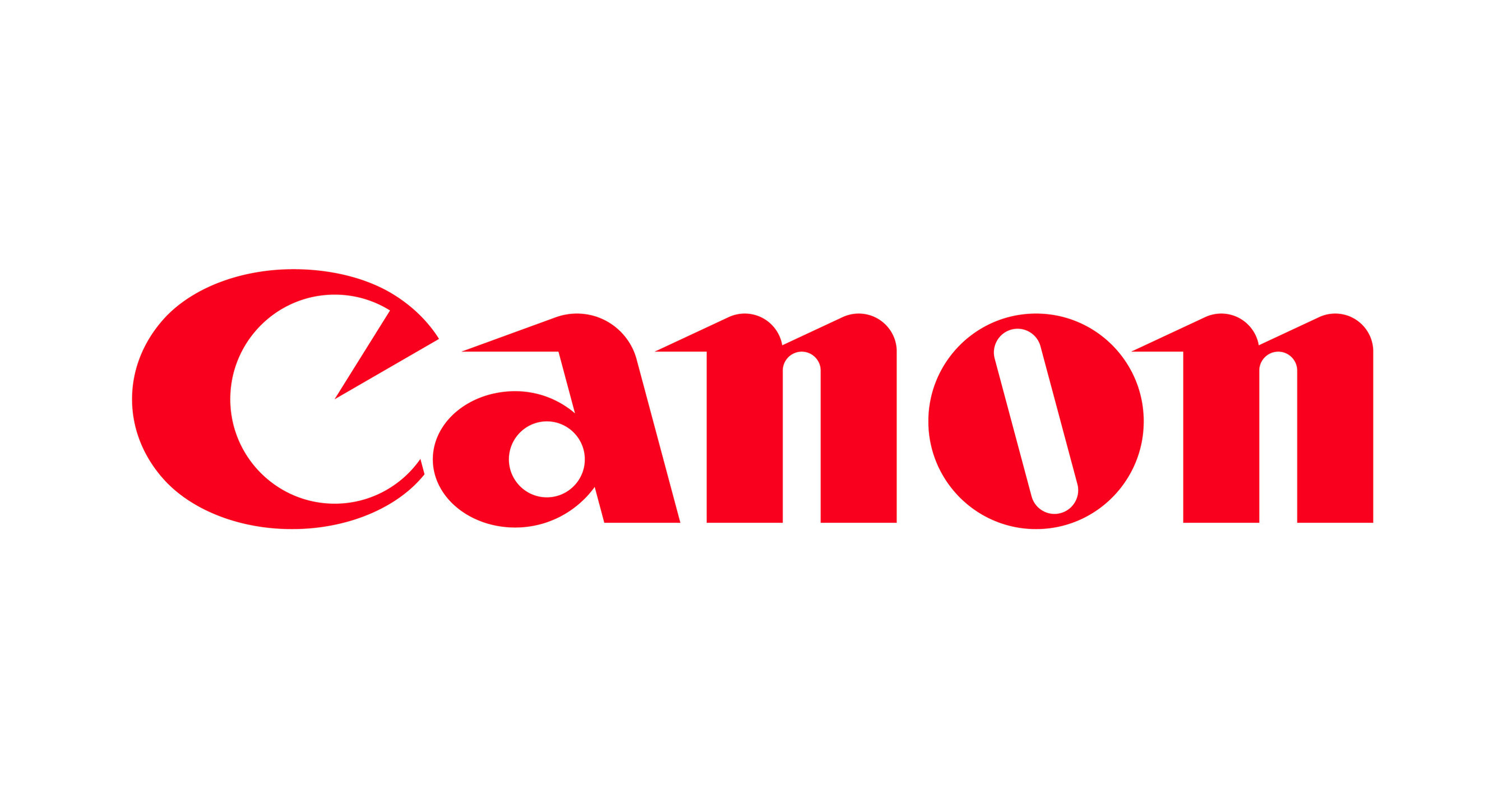Sure. I am mostly a zoom shooter that uses primes to fill in specific niches. But, that is with L glass where the zooms have gotten so good. I am not saying we need "L" EFm zooms, although that would be nice, but something in the EFs 15-85 or EFs 17-55 IQ caliber range would be nice. Currently, I do like the 11-22, and 28 macro. Maybe I should pick up the primes you mention, but I prefer zooms.
That said, the 18-150 is one I do not have, but I know others that use it for exactly what you propose, I have heard it is good, but still in the same general level as the other EFm zooms.
I actually have invested a fair amount into the M-ecosystem (5 lenses, M6 II, EVFs, etc). It is good Canon is going to continue it. It has become my primary video set up and I even use it on the 500 f/4 (it does great, but not with TCs). I would absolutely consider buying a new "M1" type of camera, but before I invest more, I really would like to see some better zoom lenses. Maybe I could shift over to prime, but would prefer to have a kit based on good zooms and a few primes to fill specific needs, similar to my FF gear.


